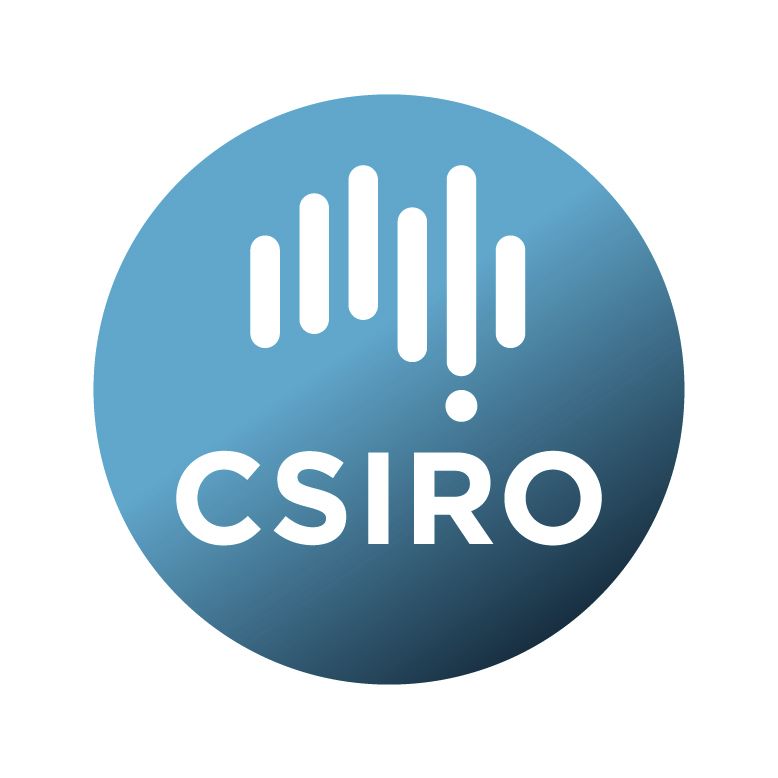Brief description
This daily- and depth-gridded product of currents, temperature and salinity (one file per mooring) is produced from individual instrument files collected during six 18-month deployments in the East Australian Current (EAC) off Brisbane, Australia (2012-2022). As described in the 'Lineage' Section, there are two versions of each variable (TEMP, UCUR, VCUR, PSAL) in these files. One has missing data with fill values and the *_FILLED variable has missing data filled using a neural network Self Organising Maps (SOM). The data can be used for time series analysis of individual moorings in the EAC deployments.The dataset is fully described in: Sloyan, B.M., Cowley, R. & Chapman, C.C. East Australian Current velocity, temperature and salinity data products. Sci Data 11, 10 (2024). https://doi.org/10.1038/s41597-023-02857-x
Lineage: These gridded products are created from IMOS FV01 individual moorings instrument files collected on the East Australian Current (EAC) moorings (7 moorings). Period of data collection is over 6 deployments from 2012-2022 (with the exception of approximately 2-year gap from 2013-2015 where no moorings were in place). The products at EAC0500 (500m mooring) also include data from the Australian National Mooring Network (ANMN), South East Queensland (SEQ) 400m coastal mooring. We have also created a product for the ANMN North Stradbroke Island (NSI) mooring which supports the EAC Deep Water Mooring array.
Individual instrument files are screened to retain data flagged as 'good' (flags 1, 2 & 5). We estimate salinity data for mooring instruments that only provide observations of temperature by determining a temperature-salinity (T-S) relationship at each mooring site from the coincident temperature and salinity mooring observations and mooring voyage ship-based Conductivity-Temperature-Depth (CTD) profiles. A 10th-order polynomial was used to uniquely determine salinity from the T-S data. Using the polynomial fit salinity estimates were obtained for each mooring instrument below 100 m that only measured temperature. Where measured salinity was available, it was used in place of the synthetic salinity.
Temperature, salinity and velocity data is put onto a common time grid (daily) and common depth grid (10m to 400m and 20m from 400m to bottom) using a linear interpolation, for each deployment. Deployments are concatenated together to give one time-continuous dataset for each mooring site. Periods where an instrument fails or data is missing is filled with missing values, and the final variables are TEMP, UCUR, VCUR and PSAL. Additional variables in the file are the '*_FILLED' variables (eg, 'TEMP_FILLED'), and these are created using a SOM (Self Organising Maps) neural network machine learning algorithm to fill the missing periods of data. The method is fully described in the paper in the links section below.
Uncertainty information has been incorporated into the data files as described in the Supporting Documentation section.
Available: 2024-05-14
Data time period: 2012-04-01 to 2022-07-27
Subjects
Climate Change Processes |
Climate Change Science |
Earth Sciences |
East Australian Current |
Oceanography |
Physical Oceanography |
boundary currents |
gridded ocean salinity |
gridded ocean temperature |
gridded ocean velocity |
ocean currents |
property transports |
User Contributed Tags
Login to tag this record with meaningful keywords to make it easier to discover
Identifiers
- DOI : 10.25919/10H0-YF37

- Local : 102.100.100/434306


